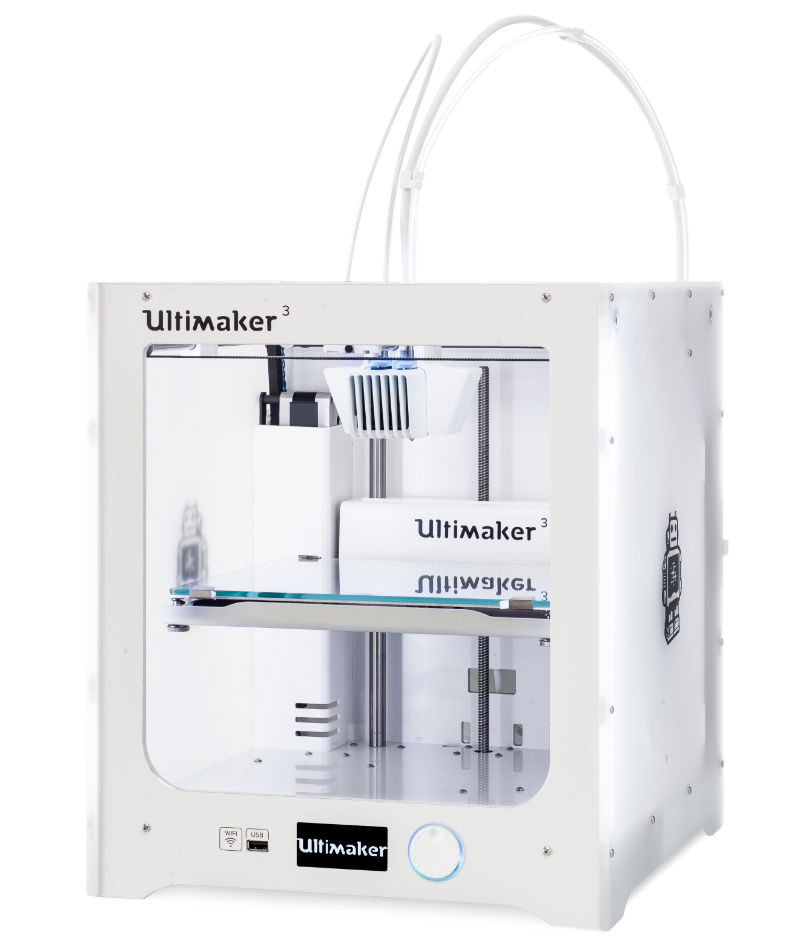Desktop 3D printing firms MakerBot and Ultimaker this morning announced plans to merge. The new single company will be backed by NPM Capital and MakerBot-owner Stratasys and co-led by existing CEOs Nadav Goshen and Ju?rgen von Hollen. Existing offices will also be maintained in both Brooklyn and The Netherlands.
Both firms rode an initial wave of excitement around additive manufacturing 10 to 15 years ago, becoming two of the most prominent players in the desktop 3D printing space. MakerBot was founded in 2008, as an offshoot of the open-source RepRap project. In 2013, the company was acquired by industrial 3D printing giant, Stratasys. Founded in Utrecht, Netherlands in 2011, Ultimaker’s team was similarly formed around attempts to productize the RepRap project.
The last several years, however, have been less kind for the category. As a consumer technology, it’s had difficulty expanding far beyond the fairly niche hobbyist market. Both parties are bullish about today’s announcement, which is backed by an additional investment of $62.4 million. The money will go toward R&D and market expansion. Ultimately, however, the combined company will have to grapple with the same question of “why” that’s plagued much of the market outside of some cutting edge industrial additive manufacturing applications.

Image Credits: Ultimaker
“Technological innovation is paramount in growing the availability of easy-to-use professional 3D printing solutions,” MakerBot CEO Nadav Goshen said in a release. “By combining our teams and leveraging the additional funding, we can accelerate the development of advanced solutions to provide our customers with a broad portfolio of hardware and software solutions to serve a wide spectrum of customers and applications.”
It seems likely that the deal will involving streamlining some of the combined company’s portfolio. The company’s co-CEOs will be holding a conference call later today, which will hopefully answer some of the more pressing questions (which we’ll fill in accordingly). Regardless, this is a milestone for desktop 3D printing, and perhaps a turning point with combined resources and additional funding.
Pending regulator approvals, the deal is expect to close in Q2 or Q3.

